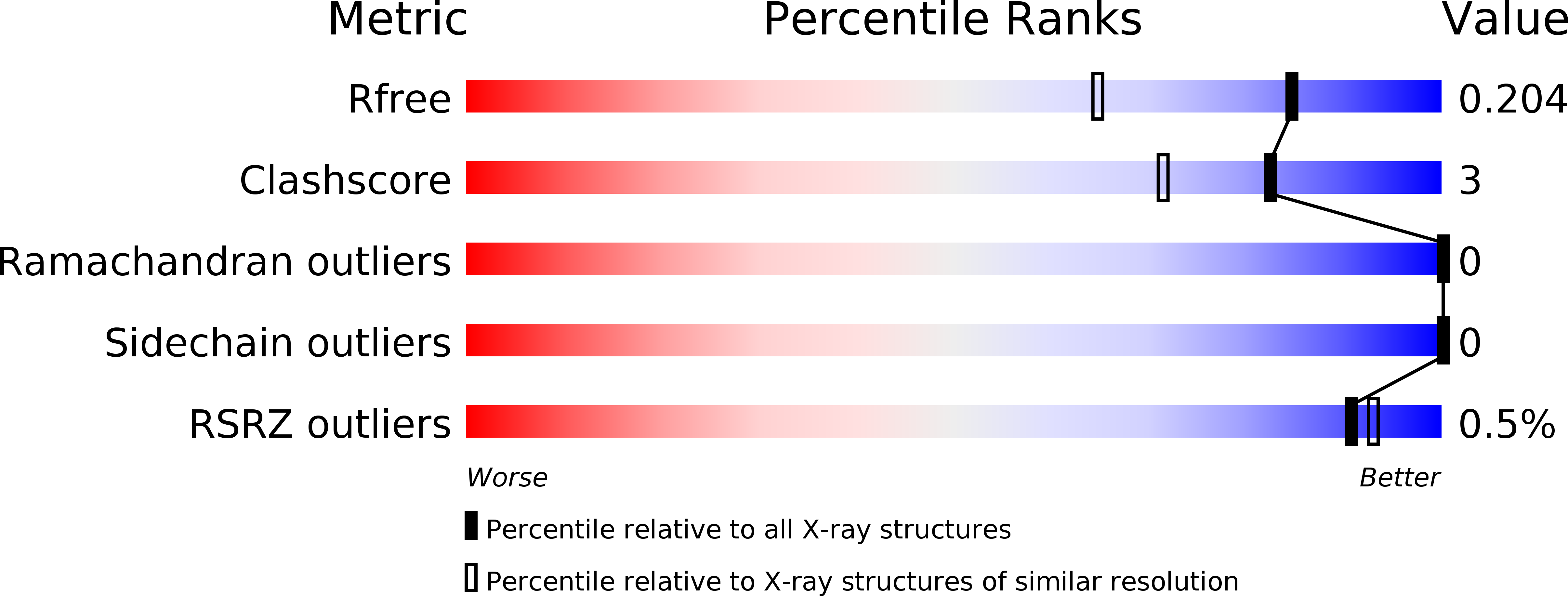
Deposition Date
2018-07-25
Release Date
2019-02-13
Last Version Date
2024-03-13
Entry Detail
PDB ID:
6E6M
Keywords:
Title:
Crystal structure of human cellular retinol-binding protein 1 in complex with cannabidiorcin (CBDO)
Biological Source:
Source Organism:
Homo sapiens (Taxon ID: 9606)
Host Organism:
Method Details:
Experimental Method:
Resolution:
1.55 Å
R-Value Free:
0.20
R-Value Work:
0.16
R-Value Observed:
0.16
Space Group:
P 21 21 21


